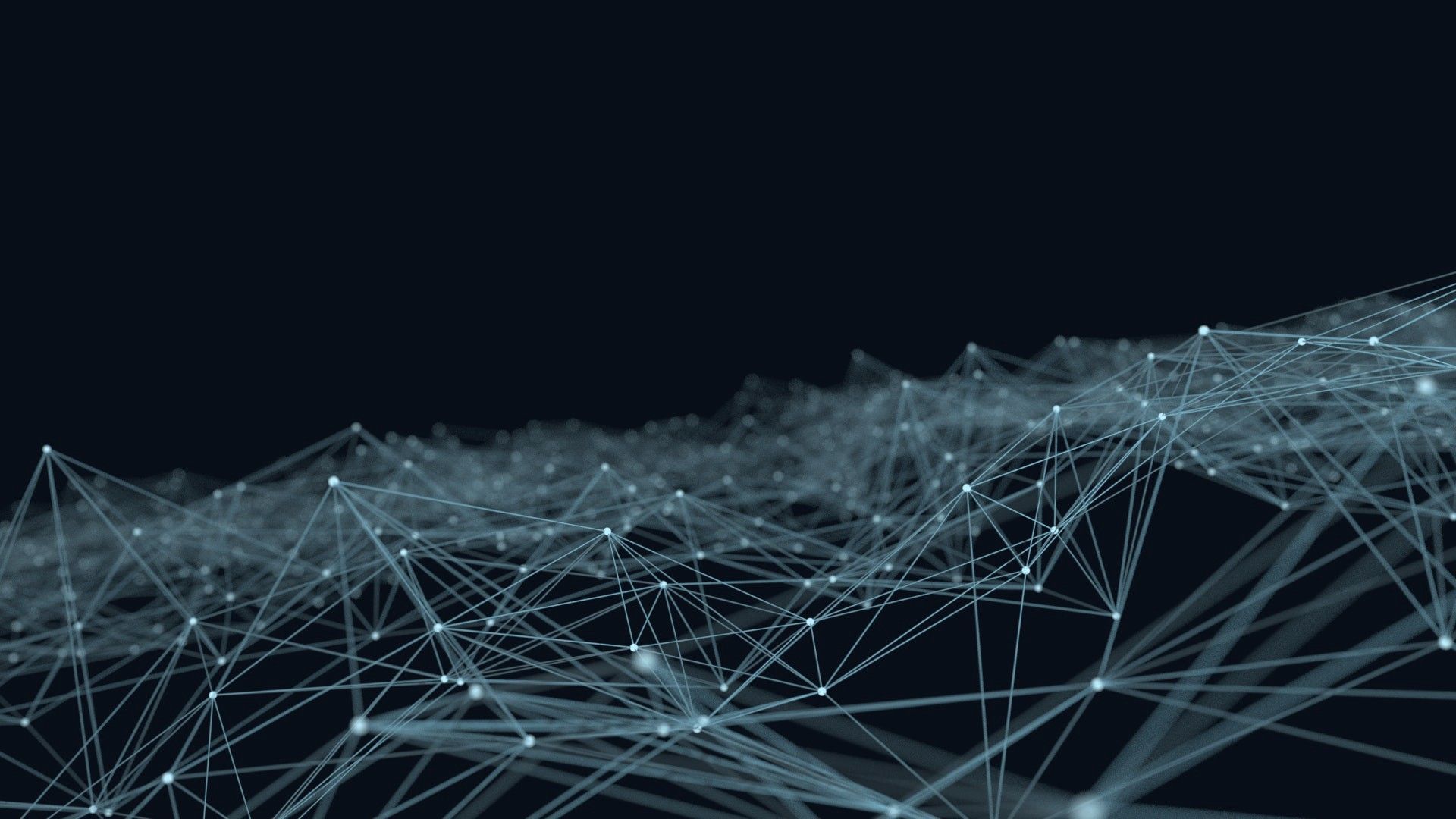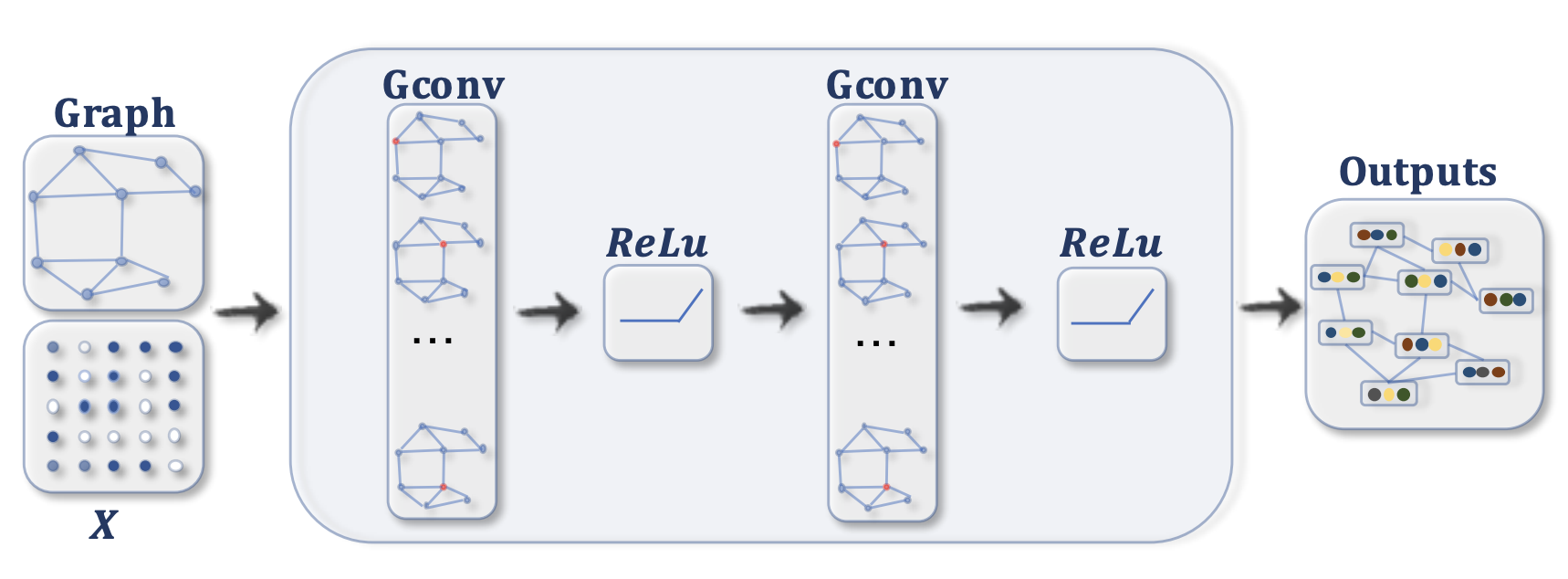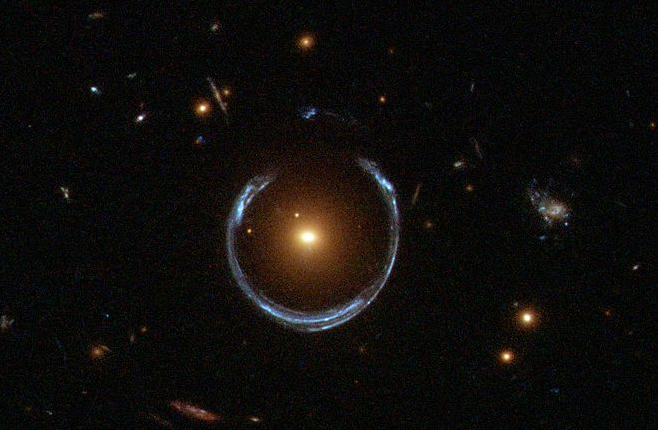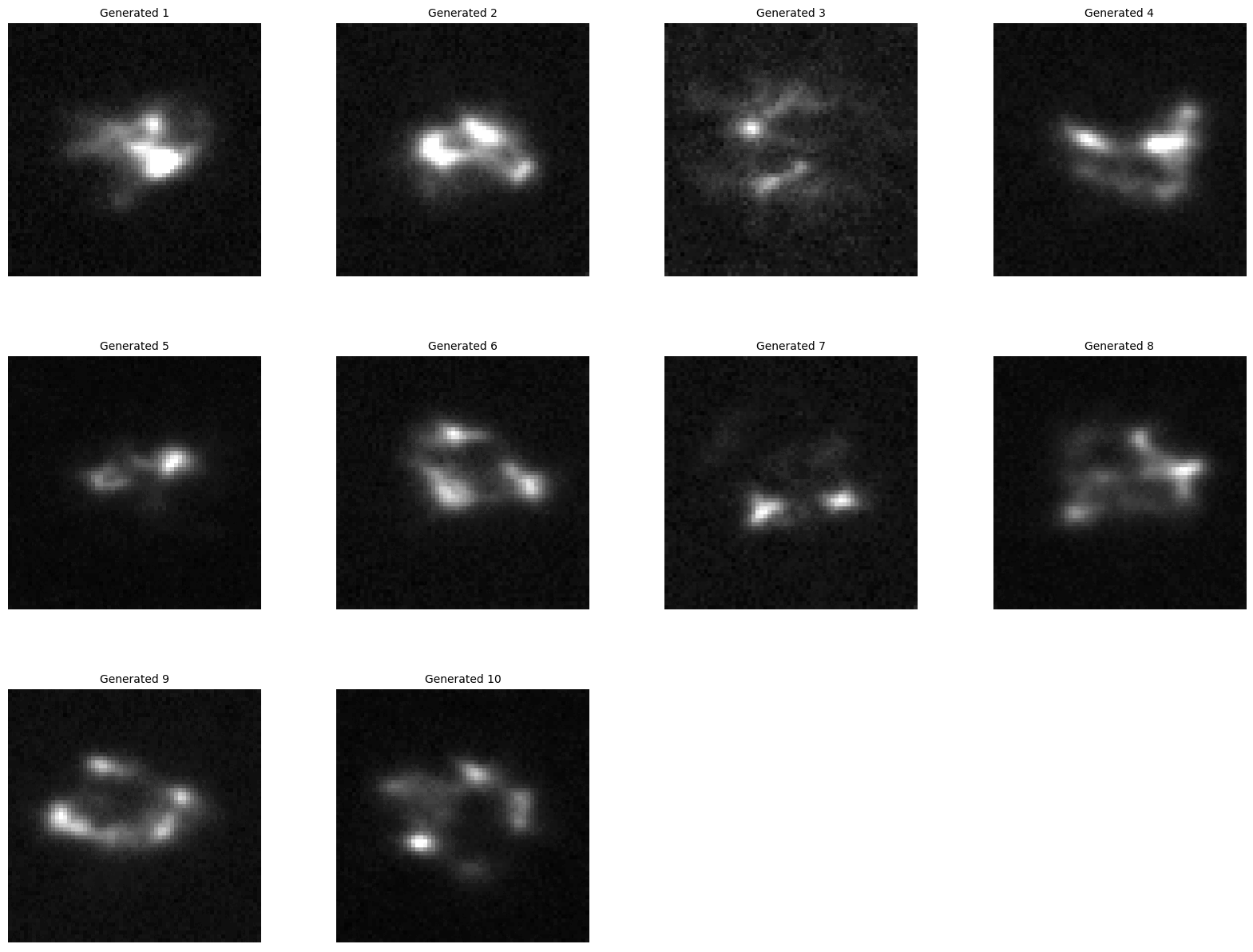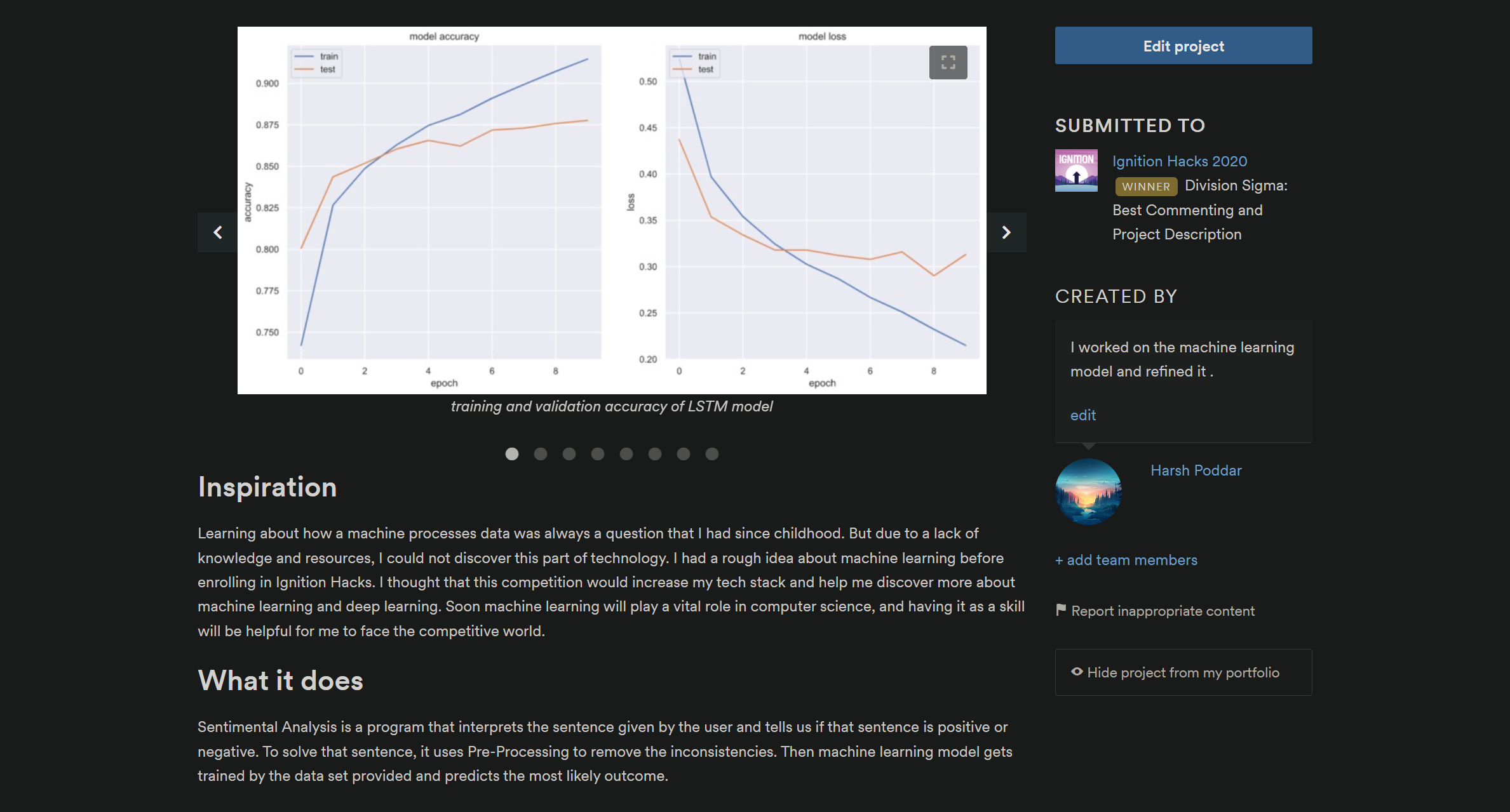Machine Learning Projects
A collection of machine learning projects that I have worked on, including sentiment analysis, price prediction, and handwritten digit recognition.
Anti Money Laundering with Graph Neural Networks and Diffrentiable Decision Trees
This project involves classification of users that are involved in malicious transactions in a bitcoin network. The dataset used is called the Elliptic dataset, which has features of each Bitcoin transaction, such as transaction amounts, sender and receiver information (anonymized), and temporal characteristics. The goal is to leverage these features to develop a predictive model that can accurately classify users as either licit or illicit, thereby aiding in the detection and prevention of fraudulent activities within the Bitcoin network. GNNs are used to model the complex relationships in the Bitcoin transaction network, learning user representations that capture patterns indicative of illicit activity. DDTs are then employed to create interpretable decision rules based on these learned representations and other transaction features, classifying users as either licit or illicit
Dark Matter Subhalo Classification
Dark matter subhalos are a fascinating and critical aspect of the structure of the universe, lying at the intersection of cosmology and astrophysics. They represent smaller concentrations of dark matter that orbit within the halos of more massive structures, such as galaxies and galaxy clusters. Understanding these subhalos is crucial for unraveling the mysteries of dark matter, which constitutes about 85% of the universes total matter but does not emit, absorb, or reflect light, making it invisible and detectable only through its gravitational effects.
Denoising Diffusion Probabilistic Model for Lensed Image Simulation
Denoising Diffusion Probabilistic Models (DDPMs) are a type of generative model that create images by starting from pure noise and gradually reducing that noise over many steps. This process is guided by a learned model that knows how to shape the noise into the desired image.In the forward process, the model starts with a real image and adds noise to it gradually over many steps until it becomes pure noise. This is done by applying a diffusion process, which is a type of stochastic process. The diffusion process is defined by a noise schedule, which determines how much noise to add at each step.In the reverse process, the model starts with the pure noise image and gradually removes the noise over many steps to recreate the original image. This is done by applying a denoising process, which is guided by a neural network. The neural network is trained to predict the original image given the noisy image at each step.
Neural Radiance Fields (NeRFs)
A Neural Radiance Field (NeRF) is a cutting-edge technique in computer vision and graphics that uses neural networks to represent 3D scenes. It revolutionizes how we capture, render, and interact with three-dimensional objects and environments. NeRF models the scene as a continuous 5D function representing color and density at every point in space and viewing direction. By sampling this function along camera rays, NeRF can render photorealistic images from novel viewpoints. The core idea is to train a neural network on a set of 2D images with known camera poses. The network learns to predict the color and density of the scene from any given 3D point and viewing direction. This allows for the creation of incredibly realistic images and videos of the scene from any angle, even those not captured in the original images.
Sentiment Analysis Using Deep Learning
I have created a machine learning model that processes user-provided data in the form of sentences and predicts whether the sentiment of the sentence is positive or negative. This project holds a special significance for me as it was my first ML model and was developed specifically for a hackathon. The model effectively analyzes the textual data and utilizes appropriate techniques to classify the sentiment of each sentence accurately. By training the model on labeled data, it has learned to identify patterns and features indicative of positive or negative sentiment. To enhance the user experience and make the model more accessible, I also developed a Graphical User Interface GUI. This GUI allows users to input their sentences and receive instant predictions on the sentiment associated with them. This user-friendly interface simplifies the process of sentiment analysis and makes it accessible to users with minimal technical knowledge. I am proud to share that this project was the one I submitted for the hackathon, and it emerged as the winning solution. Winning the hackathon served as a significant achievement for me, considering it was my first-ever hackathon and this sentiment analysis model was my initial foray into machine learning.
Price Prediction of Pearls
Kaggle organized a competition focused on predicting the prices of pearls based on given input features. To tackle this challenge, I employed several models including XGBoost, RandomForestRegression, Polynomial Regression, and Artificial Neural Networks (ANNs). Among these models, XGBoost outperformed the others and yielded the most accurate results for this particular problem. In order to optimize the predictive performance of the models, I utilized Boruta for Feature Selection. This technique proved to be effective in reducing the number of variables that were not significant for the analysis, allowing me to focus on the most important features. By employing this comprehensive approach and leveraging the strengths of different models, I was able to obtain reliable predictions for pearl prices in the Kaggle competition.
Project outcomes
Machine Learning is a field that I am deeply passionate about. I have always been fascinated by the potential of machine learning and its ability to solve complex problems. My journey in machine learning has been an enriching experience, and I have developed a strong foundation in this field. I have gained valuable insights and hands-on experience in developing machine learning models, and I am eager to continue exploring and learning more about this exciting field. You can get more information about my projects by clicking the link. Github
